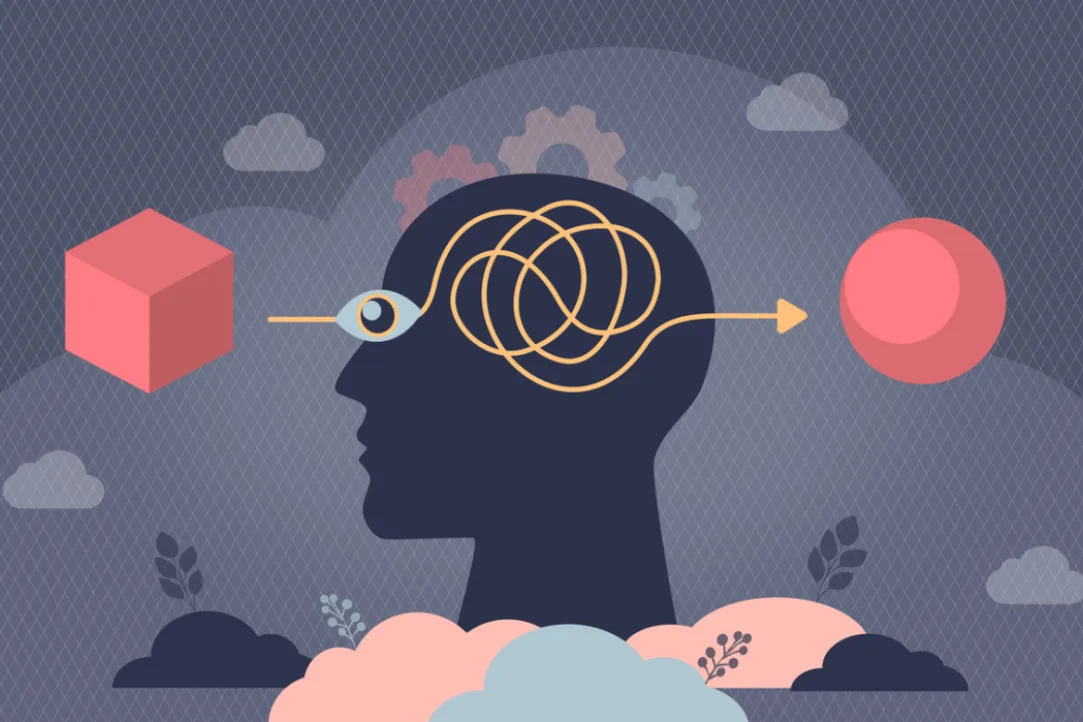Anchoring bias is another common cognitive error. When people make estimates, they often rely too heavily on the first piece of information they encounter—the “anchor.” A classic example is in pricing: if a shirt is marked “originally $100, now $50,” the initial $100 serves as an anchor, making $50 seem like a bargain, even if the actual value is much lower.
Advertisement
Availability heuristic illustrates how easily recalled information shapes judgments. People tend to overestimate the likelihood of dramatic events, such as plane crashes or terrorist attacks, because such incidents receive extensive media coverage. In contrast, they underestimate more common but less sensational risks like car accidents or heart disease.
Another bias is the Dunning-Kruger effect, where individuals with low ability overestimate their competence, while highly skilled individuals may underestimate their expertise. This phenomenon explains why people sometimes make confident but misguided decisions, and why genuine experts may hesitate to assert themselves.
Loss aversion, a concept from behavioral economics, reveals that people are more sensitive to losses than to equivalent gains. Losing $100 feels worse than the pleasure of gaining $100. This bias influences financial decisions, making investors hold onto losing stocks too long or avoid risks that could bring potential benefits.


